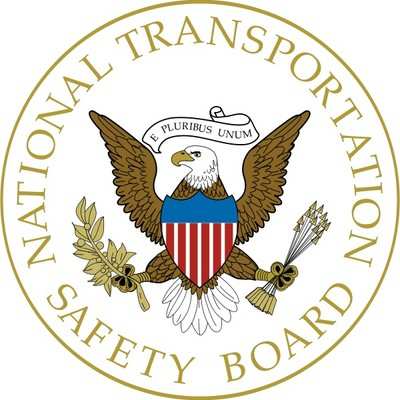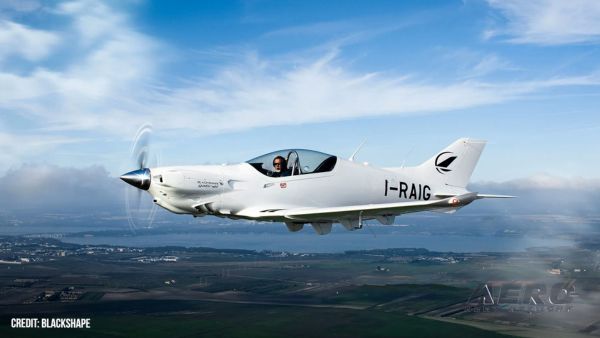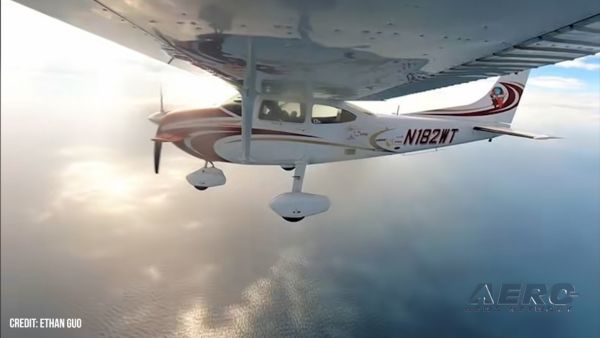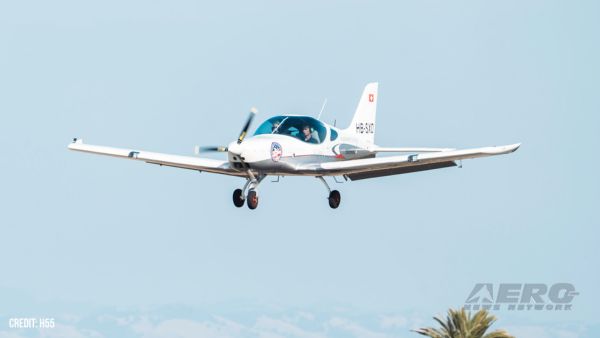The Accident Pilot Transmit(ed), “Three’s Got An Emergency.”
Location: Wilkes-Barre, PA Accident Number: ERA21FA334
Date & Time: August 20, 2021, 12:36 Local Registration: N52900
Aircraft: North American SNJ-2 Injuries: 1 Fatal
Flight Conducted Under: Part 91: General aviation - Air race/show

On August 20, 2021, about 1236 eastern standard time, a North American SNJ-2, N52900, was destroyed when it was involved in an accident in Wilkes-Barre, Pennsylvania. The pilot was fatally injured. The airplane was being operated as a Title 14 Code of Federal Regulations Part 91 air show flight. The airplane was owned and operated by SNJ-2 Corporation as part of the Geico Sktypers Air Show Team, which typically flew six North American SNJ airplanes and would perform low level, precision demonstrations. The accident occurred during initial climb after takeoff from Wilkes-Barre / Scranton International Airport (AVP), Wilkes-Barre, Pennsylvania, while the team was conducting a practice flight for the Great Pocono Raceway Airshow. The practice flight was initiated with a formation takeoff, which consisted of three, 2-airplane elements (sections) with each element taking off at 15 second intervals. The accident pilot was leading the 2nd element, which was the No.3 Airplane. According to the flight
leader, after takeoff, they were about 100 feet above ground level, when the No. 3 airplane made a left turn, the nose went down, and the airplane departed controlled flight. The smoke system then turned on, and the airplane impacted the ground.
According to the pilot in the No.4 airplane, who was the accident pilot’s wingman in the 2nd echelon, they had just taken off and he was sliding into position on the right side of the No.3 airplane. Normally, the accident pilot would look at him at that point, to check that his landing gear was up. But in this case, he did not. The pilot in the No.4 airplane noted that the landing gear on the No. 3 airplane were retracting, and the airplane was starting to decelerate. He also heard over the air-to-air frequency that they used for communication between the airplanes, the accident pilot transmit, “Three’s got an emergency.” The No.3 airplane was now turning and rolling, and as it went through about 20° of bank, the airplane slowed more. The bank then continued to increase, as it was descending. The smoke system then came on, the airplane impacted the ground, and a post impact fire ensued.
Review of audio and video from the No.4 airplane, revealed that a drop in propeller rpm was visible before the airplane started to turn and descend. Audio and video provided by a witness who was just outside of the airport’s security fence, also revealed that when the No. 3 airplane flew by just prior to the accident, they heard popping noises similar to backfiring of an engine.
No smoke was observed emanating from the airplane while this was occurring.
Examination of the accident site indicated that the airplane first made ground contact with its left wingtip, then the nose of the airplane, and then the right wing. The airplane came to rest on a 120° magnetic heading, just off the west side of taxiway bravo, about 185 feet south of intersection B5.
Examination of the airplane revealed that it had been severely fire damaged. During the impact sequence, the engine had separated from its mounting location, had been displaced to the right of the airplane’s centerline, and had come to rest against the inboard right wing leading edge.
The empennage had separated from the aft fuselage, the left outer wing panel had separated from its mounting location (the wing center section), and both the left and right ailerons had been separated from their mounting locations. The landing gear and wing flaps were up, and the pitot tube was clear of obstruction. Both fuel tanks had been breached, and the top of the smoke oil tank for the smoke system, was broken and melted away. The majority of the cockpit had been burned away. The hydraulic filter and hydraulic power control had separated from their mounting locations. The manifold pressure drain gauge was closed. The carburetor air temperature control was in the OFF position. The throttle, and mixture, controls were in the approximately mid-range position, and the propeller control was almost full forward. The engine control lock was burned away.
The flight control lock was unlocked. The latching mechanism for the pilot’s 5-point harness was in the closed and latched position. Examination of the 2-bladed propeller revealed that one blade was bent back about 10°, approximately 12 inches outboard of the blade root, with the rest of the propeller blade being almost completely straight. The other propeller blade was partially curled aft starting at a point about mid-span of the blade. Both blades displayed minimal leading-edge gouging and chordwise scratching.
Examination of the engine and its supportive systems revealed that the starter motor had been separated from its mounting location. The engine oil tank was also separated from its mounting location and was breached during the impact sequence. Trace amounts of oil were still contained within the tank. The oil cooler though impact damaged appeared functional, and the oil “Y” drain valve was separated from its mounting location. The spin on oil filter was intact, contained engine oil, and did not contain any metallic debris in the pleats of the internal filter material. The hand fuel pump had also been separated from its mounting location. Internal examination revealed that its screen was clear of contaminants. The air chamber mixing gate was open. Review of weight and balance information indicated that the airplane was within weight and balance limitations.
The wreckage was retained by the NTSB for further examination.
 NTSB Prelim: Piper PA-23
NTSB Prelim: Piper PA-23 ANN FAQ: Submit a News Story!
ANN FAQ: Submit a News Story! Classic Aero-TV: One Mans Vietnam
Classic Aero-TV: One Mans Vietnam ANN's Daily Aero-Linx (07.03.25)
ANN's Daily Aero-Linx (07.03.25) ANN's Daily Aero-Term (07.03.25): High Speed Taxiway
ANN's Daily Aero-Term (07.03.25): High Speed Taxiway



